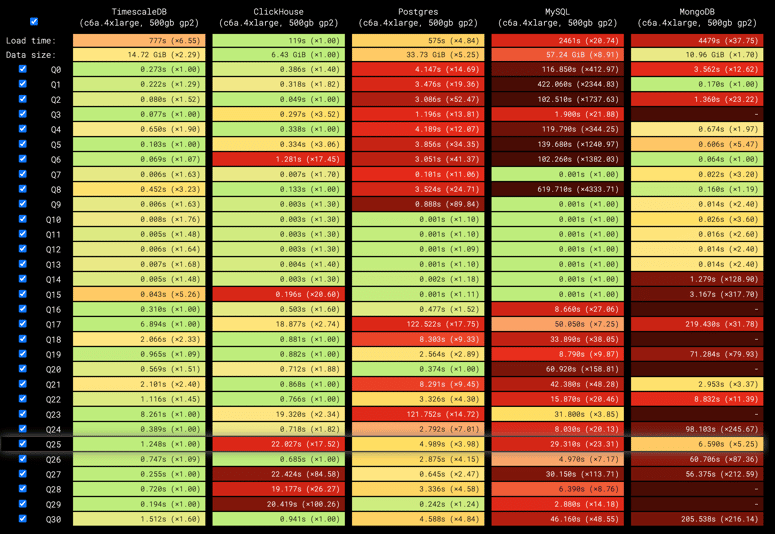Disclaimer: Products mentioned are purely for reference purposes.
Product management is a pool of jargon. Of all the roles available in tech, I can say with certainty that the role of a PM is the most jargonised of them all.
I am not going to use this blog post to verify that statement, but if there was ever a master jargon in product management, then product market fit is that one.
A simple google search will introduce you to a plethora of definitions and submissions about product market fit.
Let’s apply algorithmic thinking and break the large problem into small chunks and tackle each separately to define such a vague statement.
Product
A product is a good or service that satisfies a need or solve a problem. Satisfying a need and solving a problem are two different things. For example, Ordering pizza through a food delivery app satisfies the need for food in my stomach at a particular time, but does not solve the problem of me not knowing how to cook.
Knowing whether your product solve a problem or satisfies a need is a good place to start.
Market
A market is a place or platform where products are exchanged for things of value at a price that makes sense to the buyer and seller.
Product Market Fit
In my words, product market fit is a measure of how users are using and willing to pay to continue to use your product. Using and paying are in present continuous term and this satisfies the rule of thumb for the long term success of any product.
By this definition, the best combination of metrics to achieve the North Star for any product are retention, recurring revenue, average spend per user and customer satisfaction.
Let's dive into each of them quickly
Retention
Retention is the measure of how many users continue to find use and value for your product. It is a measure of whether or not your product delivers on its value proposition and the size of problem it solves.
User-related metrics such as active users and Repeat Purchase Ratio, are associated with retention but can be tricky as the usage cycle for some products as not as frequent as others. Example, in the case of Tinder, a popular dating app, i will delete or find no use for the app if i find a perfect match and we take our conversations off the app.
In the case of Tinder, metrics such as time spent per user, messages sent per user would be a great measure of success.
Strategies for these kind of products will vary significantly to products in the e-commerce, ride-hailing or food delivery space where users are more likely to return even after a specific value is transferred.
For example, in an e-commerce space, active users, returning users, churned users, number of abandoned carts and purchase frequency are good ways to track your product market fit.
A niche product such as a shoe e-commerce store may not see the same metrics as an online giant like Jumia or Amazon and both have to be approached differently.
Recurring Revenue
Recurring venue is the average amount of revenue earned per month per user over a period and is expected to continue into the future. Recurring revenue targets can be marginal higher or lower than projections, but can be predicted and are usually stable unless there is a shift in market dynamics.
Metrics such as monthly recurring Revenue, Annual recurring revenue, Revenue churn rate can provide you some insights into the value your product brings to your users.
Depending on the product and usage frequency, recurring revenues can be calculated daily, weekly, monthly, quarterly or annually.
Transactional Size, Volume and Frequency
These are the biggest indicators of market size and PMF. They affect and are affected by each other due to their proximity.
Transaction Size
The transactional size is the unit measure for the delivery of value. Transaction size will determine the how many users you need to achieve your revenue targets and influence the volume and frequency.
A $10,000 transactional size needs only 100 users to achieve $1m MRR, unlike the 100,000 users it requires to achieve the same result for a $10 transactional size. Size of transaction will also influence the marginal revenue your company will have, especially in the event where there are multiple beneficiaries involved in a transaction. This is so common in fintech products.
Transaction Frequency
Transactional frequency depicts the number of times a transaction occurs between the user and the product. Ideally, at every value exchange, there should be a transaction, to validate the user proposition.
In contrast to transaction size, the frequency of purchase will be lower for $10,000 product as compared to $10 transactional size.
Time between purchases and number of purchases are some of the ways to track purchase frequency.
Transaction Volume
This is the total number of individual size items in a single transaction order. They can be fixed or vary depending of the transaction size.
For context, take a food delivery app.
The unit price of a medium pizza is the transactional size.
If a user places an order of pizza, coke and some chicken wings, the total price of this order becomes the volume.
How often a user places an order is the transaction frequency.
Conclusion
A product needs to be useful for what the market is today whilst anticipating and adapting to the changing needs of the market.




Top comments (0)